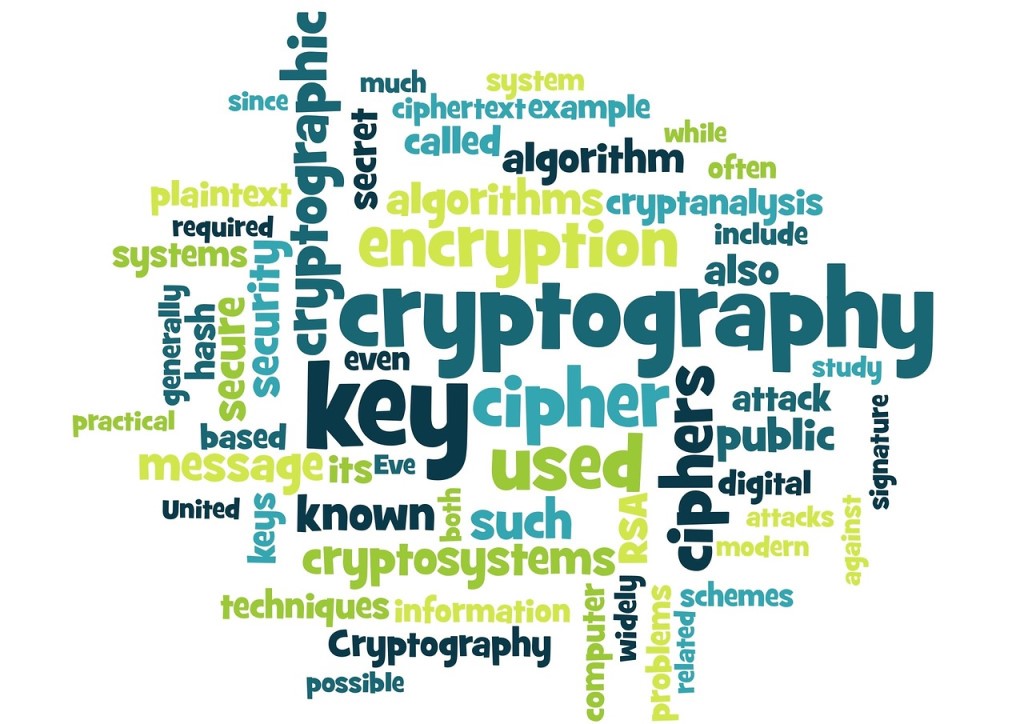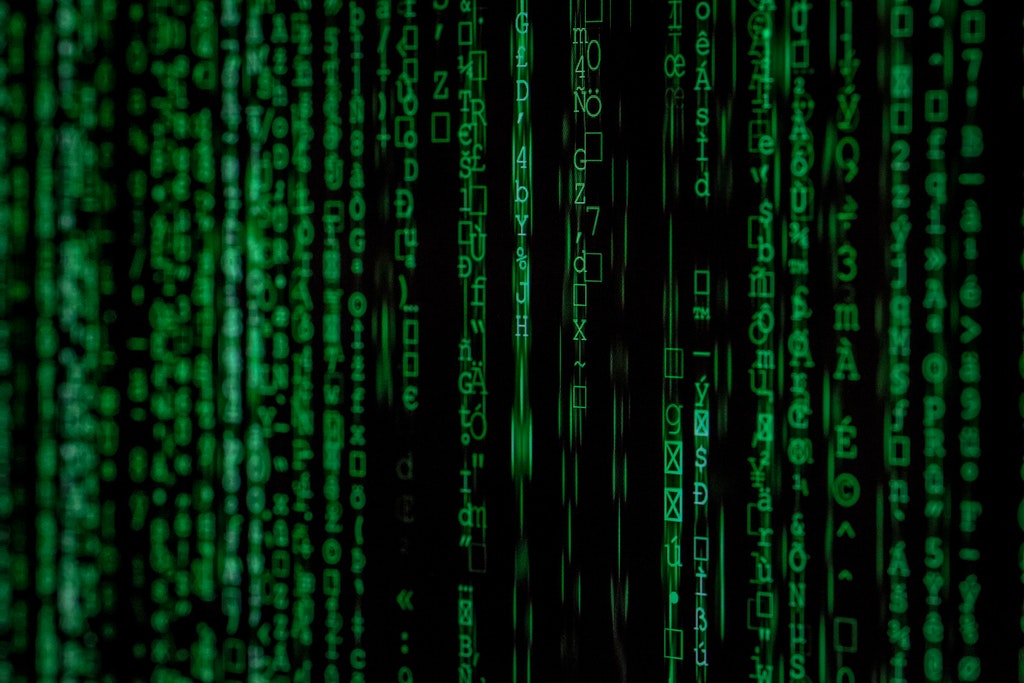Being into the challenging world of cryptology is difficult, especially as a professional. We all have heard about concepts like cryptography, hashing, cryptanalysis and digital signature, that are some of the buzzing topics around the security-oriented world.
But it might be that one can find it difficult to understand what is it, how it works, and how it is used. Let’s read more to learn what is cryptography, hashing and digital signature? We will be throwing some light on the meaning, uses and the importance of these terms in detail in order to understand them better.
What is Cryptography?

Cryptography is the epicentre of blockchain technology, it is a method of using advanced mathematical principles in storing and transmitting data in a particular form so that only those, for whom it is intended to, can read and process it.
The use of information technology and coding to secure any information through one to one encryption i.e., converting plain text into ciphertext is the whole concept revolving cryptography. And using other security tools, which can help the sender to lock the information by generating a key for the receiver. Only the receiver having the key can access the information, decrypt it, and use it.
This generation of security measures works through techniques derived from mathematical concepts and a rule-based calculations called algorithms, that can be used to generate a digital signature, verification methodologies to protect data privacy, web browsing on the internet and confidential communication such as credit card transaction or emails.
Modern cryptography concerns itself with the following objectives:
The CIA triad. CIA triad is essential in cybersecurity as it helps in avoiding compliance issues, ensures business continuity, provides vital security features, and prevents reputational damage to the organization.
CIA stands for Confidentiality, Integrity, and Availability. More features that we add for additional security purposes are: Authentication, Accountability and Authorization, wherein a person can be mapped to a certain activity and can be held accountable for their genuineness.
What is Hashing?

Hashing is a mathematical procedure that incorporates the sender to transform a large strand of information to a single bit string which is known as a hash. Hashing works with a mathematical algorithm, called a hashing function, that maps and designs the information into the one-way function that cannot be inverted feasibly. Hashing ensures the integrity of the information that implies the information is sent and received are identical and unaltered. The information input in the hash function generates an output commonly called a message digest. Even in case of the minor difference in spacing, the message digest will set a different algorithm, and that’s how much safe it is. They are widely applicable in digital forensics and investigations of computer crime.
There are ample hash functions available that may be guided by Government or IT institutes.
Examples are as under:
SHA: Secure Hash Algorithm
- SHA1: certified in 2017
- SHA2: published in 2001
- SHA3: published in 2015
MD-2 developed by Ronald Rivest
- MD2: developed in 1989
- MD4: released in 1990
- MD5: released in 1991
What is a Digital Signature?

Just like a signature on a physical document authenticates the information written on it, a digital signature is an authentication from the sender for digital documents or soft copy. It is a mathematical technique that helps to maintain the integrity and authentication. Cryptography is a technique that makes information secure by applying the CIA triad. The digital signature is one of its applications that is calculated from the data and can only be recognized by the signing authority.
The hash function is used to encrypt the digital signature as a one-way function. A digital signed document ensures:
- That the received message has come from the claimed sender,
- And that it is unaltered while transmission. This provides protection to the shared information and assures that it is free from malicious activity.
Hence Digital Signature relies on two functions- Public Key cryptography (or asymmetrical cryptography) and hash function that ensures,
- Message Authentication
- Integrity
- Non-repudiation
The application of cryptography and hash function is easy to understand once the knowledge of mathematical algorithms is attained. The encrypting and decrypting of digital data hence ensures every possible way of securing the shared information from malicious activities, eavesdropping, and scams. There is black hat hacking and different kind of scams that may alter the online data that is stored in the drive or cloud storage. To protect such sensitive data, the above methods are used widely.
You May Also Like:

Author Bio: This article has been written by Rishika Desai, B.Tech Computer Engineering Student at Vishwakarma Institute of Information Technology (VIIT), Pune. She is a good dancer, poet and a writer. Animal love engulfs her heart and content writing comprises her present. You can follow Rishika on Twitter @ich_rish99.